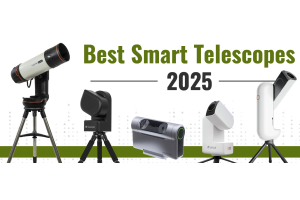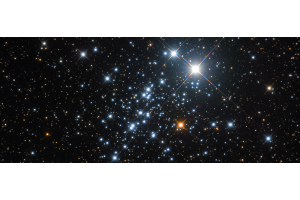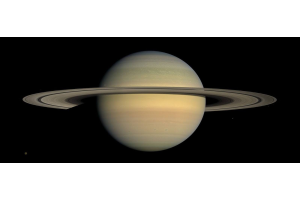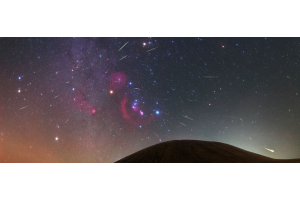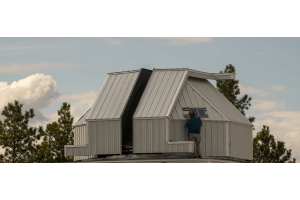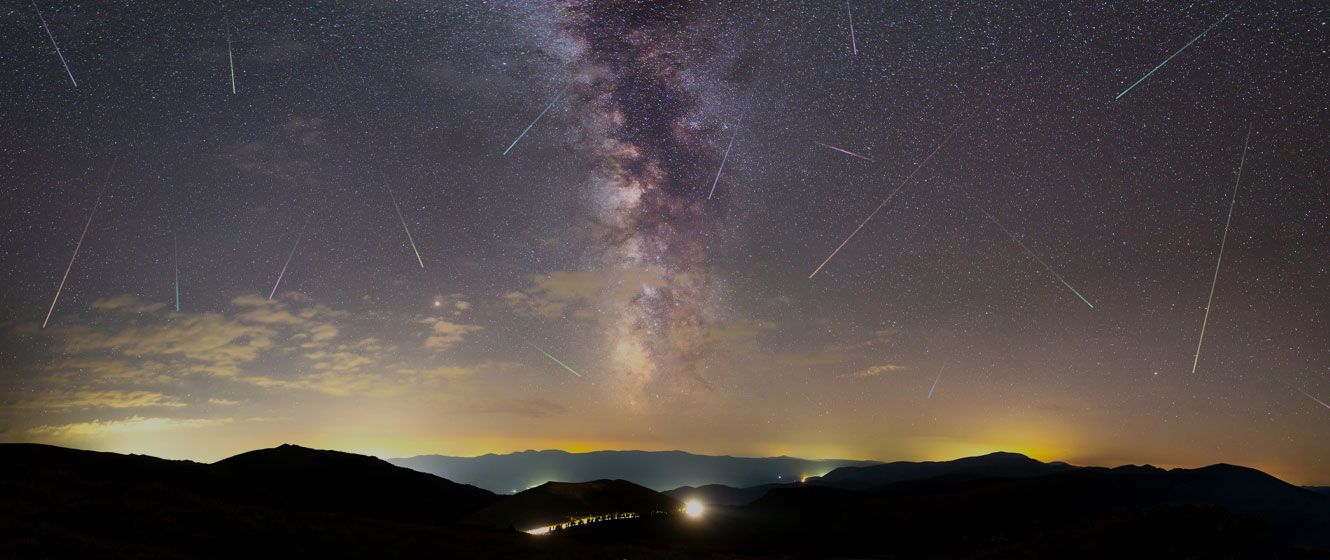
Southern Delta Aquariid Meteor Shower: A Summary
What Is the Southern delta Aquariid Meteor Shower?
The Southern delta Aquariids is a major meteor shower, active from around July 18th to August 12th, with its maximum typically occurring on the night of July 29th/30th. Under ideal conditions, you can expect to see about 25 shooting stars an hour, but, of course, the number seen will depend on the Moon and environmental conditions at your location.
Like almost all meteor showers, the Southern delta Aquariid meteor shower is named for the area of sky from which the meteors appear to originate. In this particular case, the radiant is slightly more than a degree and a half west of Delta Aquarii, aka Skat, and slightly more than a degree and three quarters southwest of Tau2 Aquarii.
What Makes the Southern delta Aquariids Unique?
The Southern delta Aquariids hold a special place in the pantheon of meteor showers, for several reasons. Firstly, you may have noticed the numerous variations of the shower’s name. For example, you might see it spelled Aquarid, with just one i.
However, Aquariid is the correct spelling, as the shower’s name is derived from the constellation from which the meteors appear to originate. In this case, the constellation in question is Aquarius, and its genitive is Aquarii. Similarly, you’ll also find the Southern portion of its name is often omitted, which gives us four potential variations of its name:
- The Southern delta Aquariids
- The Southern delta Aquarids
- The delta Aquariids
- The delta Aquarids
(For the record, the shower is listed as the Southern delta Aquariids by the International Meteor Organization.)
Since the shower’s radiant appears close to Delta Aquarii, the shower is known as the Southern delta Aquariids. So, where does the Southern portion of the name come into play?
The explanation is another defining feature of the shower that helps to set it apart from the rest. The shower is specifically known as the Southern delta Aquariids because there is a second shower that appears to originate from a nearby area of sky. As its name implies, the second shower, the Northern delta Aquariids (NDA), originates from a point a little further north, with the radiant appearing roughly five and a half degrees west of the Circlet in Pisces.
(Unlike its southern counterpart, the Northern delta Aquariids is a weak shower, with a zenith hourly rate of less than two shooting stars. It is active from around August 2nd to August 17th, with its peak occurring on August 12th, on the same night as the prolific Perseids.
The Northern delta Aquariids weren’t identified until around 1938, when German observers first noted the weaker second shower to the north.)
A third defining feature of the shower is its parent body, Comet 96P/Machholz. A short period comet, 96P/Machholz takes slightly more than five and a quarter years to orbit the Sun and is notable for several reasons.
Firstly, it wasn’t discovered until 1986, more than thirty years after the official classification of the shower itself. Secondly, the comet has the smallest perihelion distance of any short period comet, bringing it nearly three times closer to the Sun than Mercury.

Image Credit: Comet 96P/Machholz from HI-2 camera of STEREO-A spacecraft
How Can I Observe the Southern delta Aquariid Meteor Shower?
There are pros and cons when it comes to the Southern delta Aquariids. On the plus side, it’s one of the few showers that culminates while the sky is still dark, around 3:30AM, and with about an hour left before the sky starts to brighten.
Unfortunately, many of the stars in Aquarius itself are faint, making the radiant difficult to locate. More specifically, both Delta Aquarii and Tau2 Aquarii are relatively dim, but looking 14 degrees north of much brighter Fomalhaut (18th brightest star in the sky) should put you in the right area. (The distance between the tip of your little finger and your second finger, next to your thumb, held at arms’ length, is approximately 15 degrees.)
Lastly, the shower’s radiant doesn’t rise very high above the horizon from the northern hemisphere, making this best seen south of the equator. For many observers, this means the radiant will barely reach a maximum altitude much higher than about 35 degrees, placing it just above the more turbulent air that clings to the horizon.
Despite (or due to) these issues, your best bet is still around 3:30 AM. If you’re outside at around that time, keep your eyes peeled towards the southeast, southwest, and high over the southern horizon, and look for any shooting stars that appear to be moving outward from the radiant. The Southern delta Aquariids are faint, but medium-paced, so you’ll need to be vigilant.
A 10 Year Forecast
The table below shows the Moon phase and planets that may be visible above the horizon at 3:30 AM on July 30th of each year. It should be noted that (again, as with all meteor showers) the date of the maximum can vary a little from year to year and the exact timing isn’t typically known until the International Meteor Organization releases its annual report.
With that in mind, although the Southern delta Aquariids are typically at their best on the evening of the 29th and in the early hours of the 30th, they can occasionally peak on the evening of the 28th and in the early hours of the 29th.
In terms of the rating, if the Moon is below the horizon at that time, then its light won’t drown out the fainter meteors, and the rating is five stars. However, if the Moon is above the horizon, then the rating is based upon the phase, altitude, and distance of the Moon from the radiant at that time.
Lastly, if the Moon is in the western hemisphere and more than half full, it might be best to wait for the Moon to set before stepping outside. If the Moon is waning and half full or a little less, then it’s best not to wait to observe the shower, as the Moon will only rise higher as the night progresses, potentially causing more interference as its altitude increases.
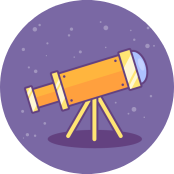
Learn More
Interested in diving deeper into the world of astronomy? Check out our AstronomyHub for a wealth of articles, guides, local resources for planetariums and observatories near you, and more to enhance your stargazing experience.








